Marble is often what comes to mind when we’re looking to add that slight touch of elegance to our home interiors. Be it choosing a soothing Indian marble flooring design for the living room or decking up a bedroom wall with marble to take the luxury vibe up a notch – there are a lot of innovative ways to use this natural stone to give your home a beautiful upgrade.
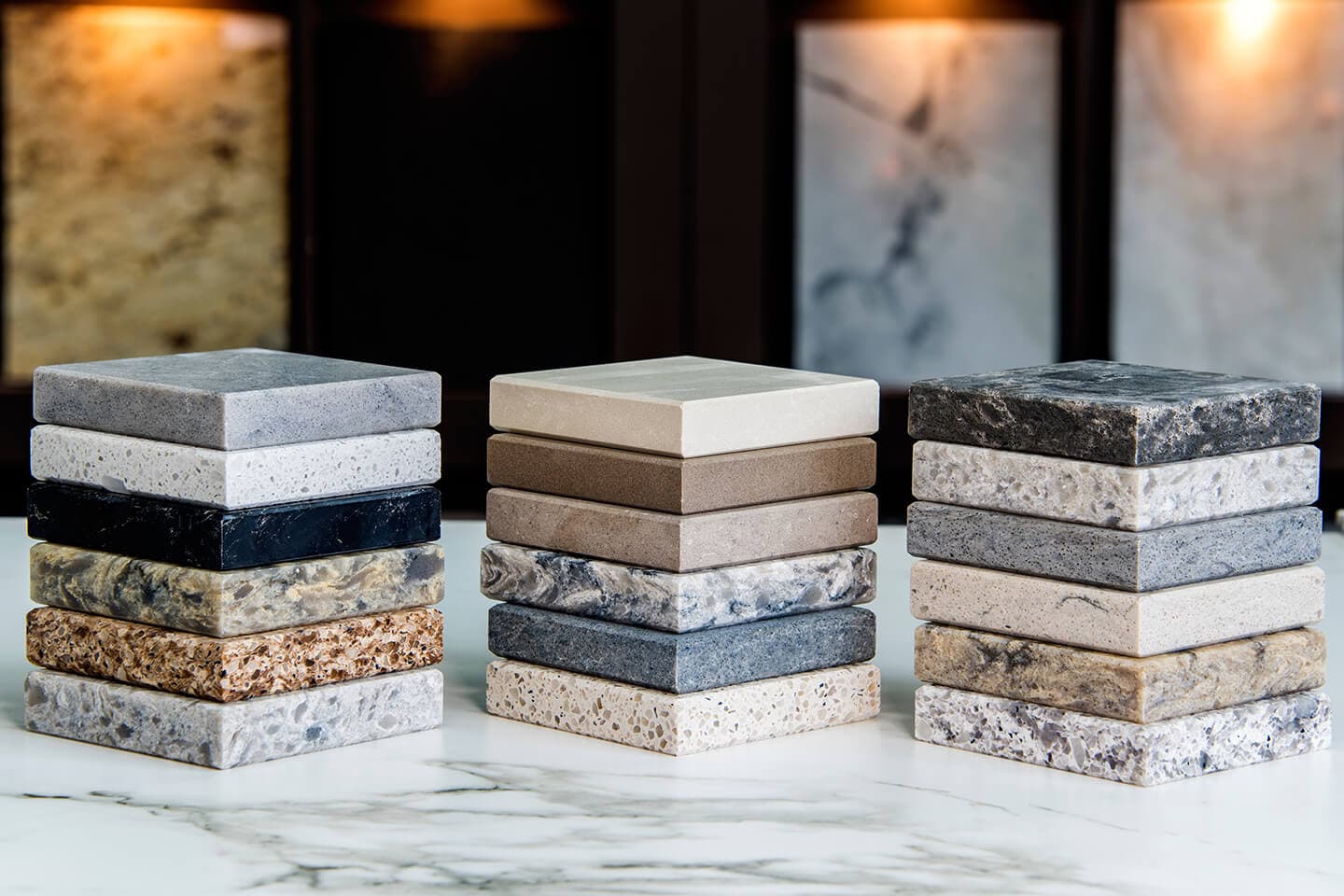
In home interiors, the most preferred varieties are Indian and Italian marble. Both these types of marbles are available in a wide range of popping colours and ethereal patterns that are bound to leave you a tad bit overwhelmed at times! So, read ahead as we list out key characteristics and differences between the two. In this way, you’ll be all set to make an informed decision as to which one to pick for your living spaces.
| Indian Marble | Italian Marble | |
| Appearance | It has a hard surface with medium lustre | It has a delicate surface with high lustre. Looks glossy, pearly, and luminescent. |
| Source | Quarried from North Indian states – Rajasthan, Gujarat, Madhya Pradesh, Andhra Pradesh etc. | Quarried from Italy |
| Cost | Starts at 80 rupees per sq. ft. | Starts at 350 rupees per sq. ft. |
| Texture | ||
| Thickness | Available in various thicknesses and can go upto 30 mm | Available in 18 – 20 mm |
| Polishing | Available as polished or unpolished slabs, blocks, and tiles. | Available as polished slabs only |
| Use of chemicals | No chemicals are used as the stone is already a hard structure. Hence, it is more environmentally friendly. | Due to its delicate nature, it is treated with epoxy resins and pigments. A Nylon net is also used at the back of the marble. |
| Usage in home design | Mostly used for flooring and kitchen countertops as it can take scratches. | Mostly used for aesthetic appeal on walls, tabletops, vanity, foyer etc. |
Key characteristics
Quarried extensively in northern states such as Rajasthan, Madhya Pradesh, and Gujarat – Indian Marble is a strong stone that shines with some lustre. This type comes in bright colours such as white, grey, green, black, pink, and even yellow!
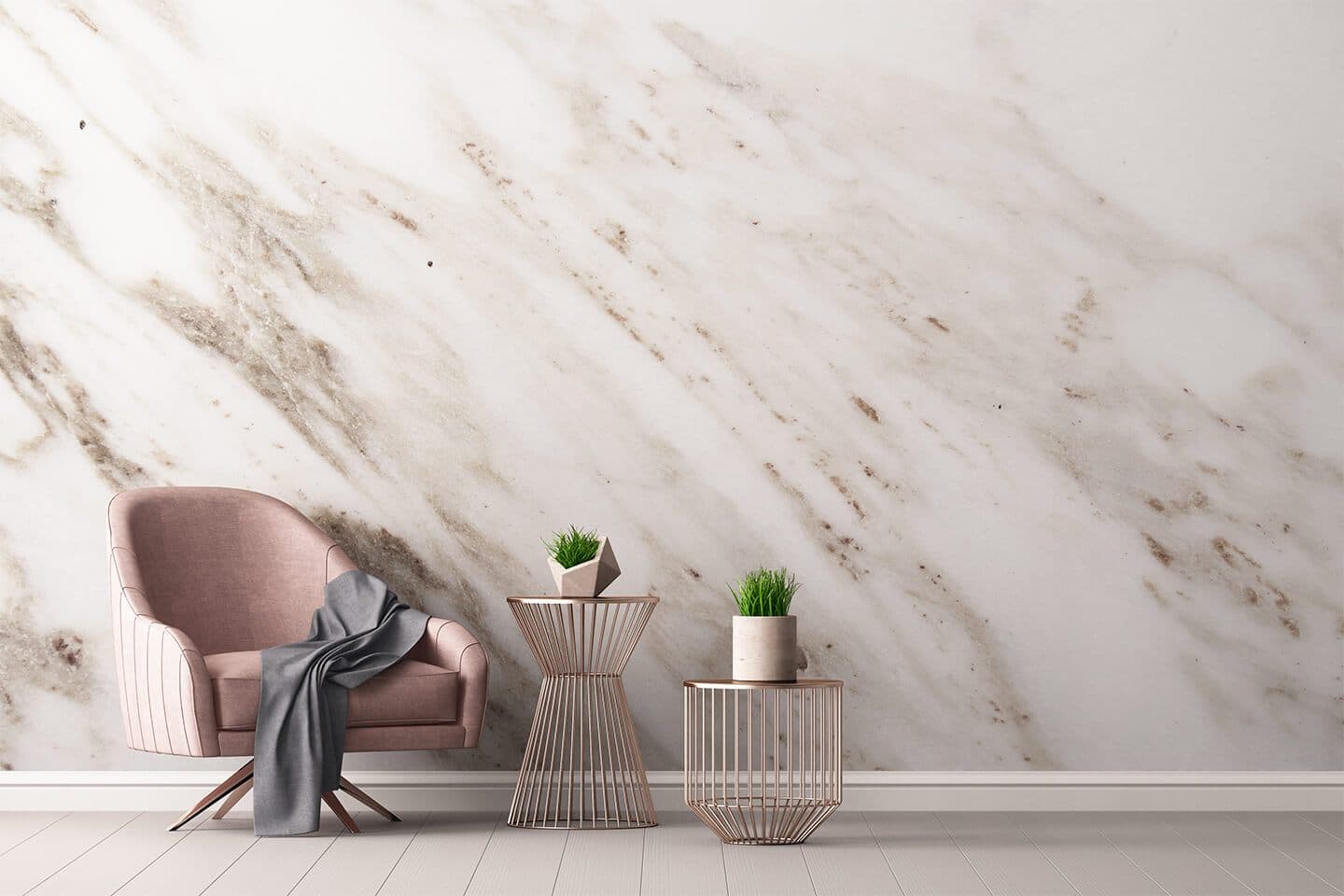
Italian marble, on the other hand, is what will transform your home into a dreamscape as it shines with a much higher lustre than its Indian counterpart! Its many variants are pearly, glossy and luminescent often with fine veins running through the surface. Hues like white, rose-gold, and grey dominate this range.
Durability and Usage
Since Indian marble is quite durable of the two – it can be effectively used for surfaces that are susceptible to scratches. This makes it an ideal option for flooring, kitchen countertops, and dining tables.
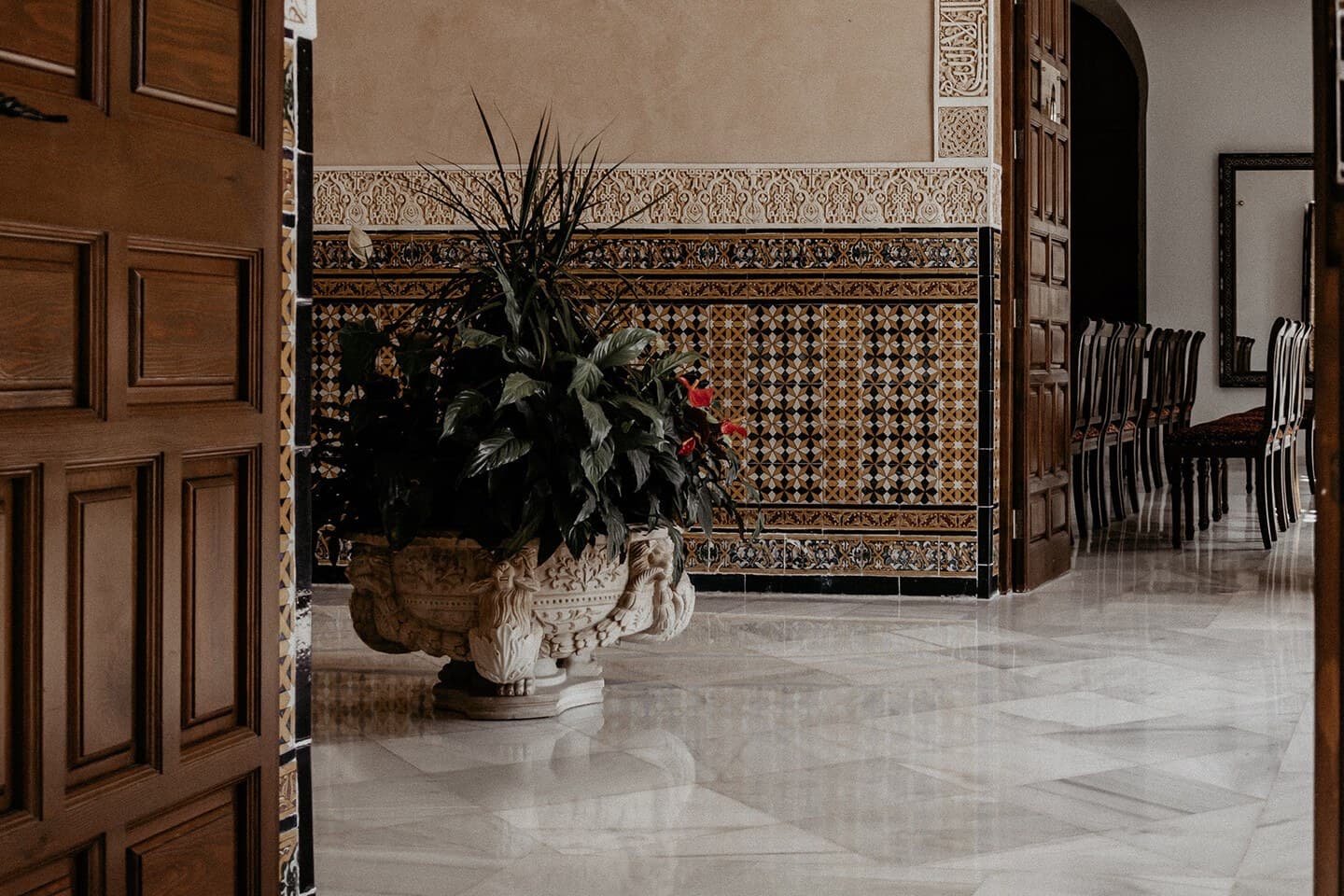
Italian marble, on the other hand, is relatively softer and more fragile. This is why it is best used as an aesthetic element in home design that does not require heavy sliding across the surface. You can use this type on the walls, tabletops, kitchen backsplash, foyer, vanity corners, and more!
P.S. The trick is to choose the right type of marble according to your home needs and it is bound to add an incredible visual appeal to your home furnishings!
Cost Variations
Since Indian marble is quarried in the country itself, it proves to be more cost effective with prices starting from 80 Rupees per square feet. Depending upon the variety and quality you choose, the price can go upto 250 rupees per square feet. Isn’t it incredibly wonderful that you can obtain beautiful Indian marble flooring designs at such a reasonable price!?
Because Italian marble is high in lustre and exported from outside – the cost goes up for this type. Moreover, this marble is of a delicate nature, which requires it to be shipped carefully often with hard stones glued at the back to prevent breakage. The pricing starts from 300 rupees per square feet and can go upto 5000 rupees or even more!
Popular types
Indian marble
- Among the Indian marble varieties – the most popular is the serene white Makrana marble, which was once used to make the Taj Mahal itself!
- There are quite a few others such as the high-quality Ambaji marble manufactured in Gujarat and the standard emerald green marble that is exported from India to all over the world!
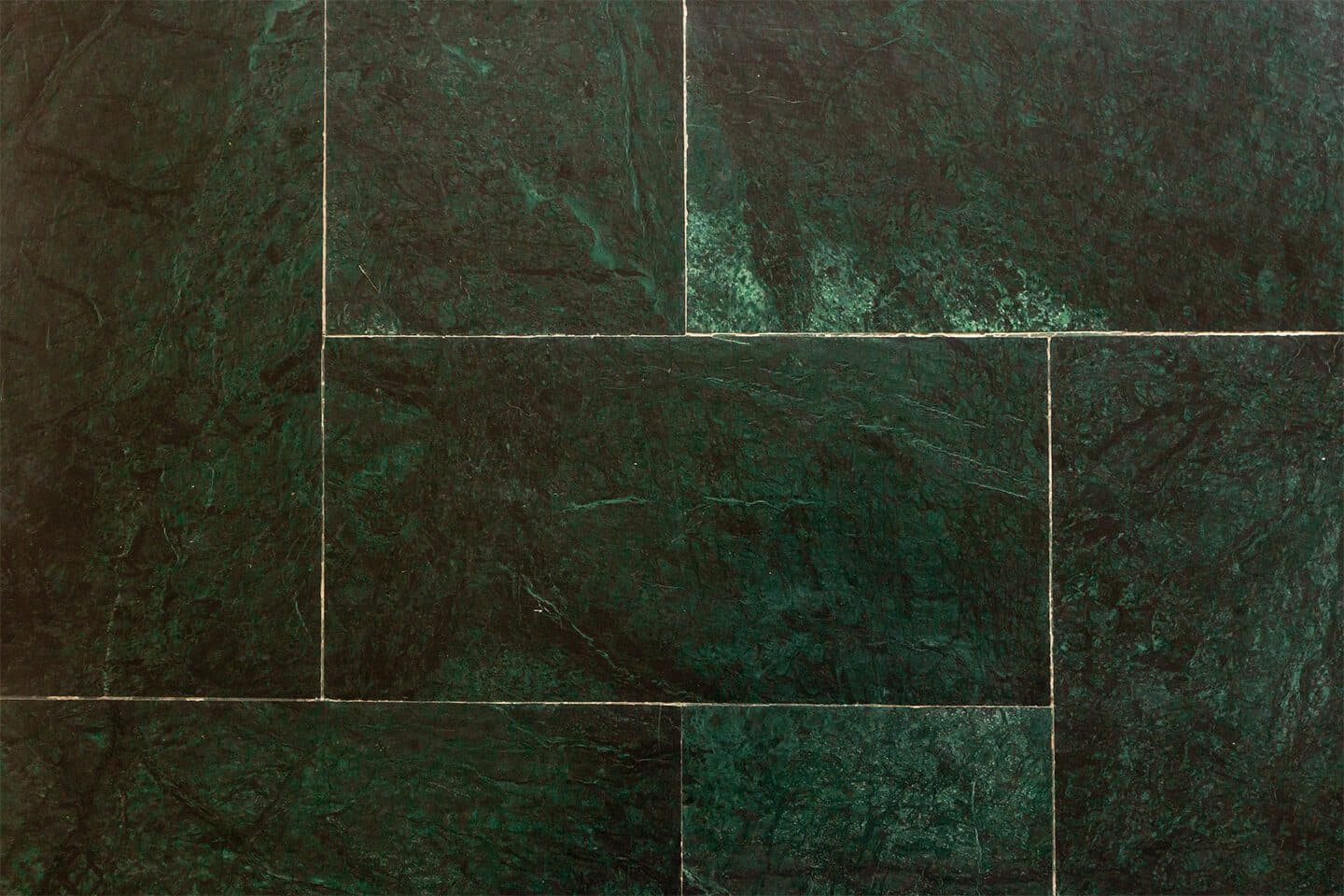
- And there’s more! Lovely varieties such as Jodhpur pink marble and Jaiselmer warm yellow toned marble are bound to give any home a bright pop of colour.
- Another beautiful standout from the Indian varieties is the Onyx marble which features thick bands of alternating colours running through it.
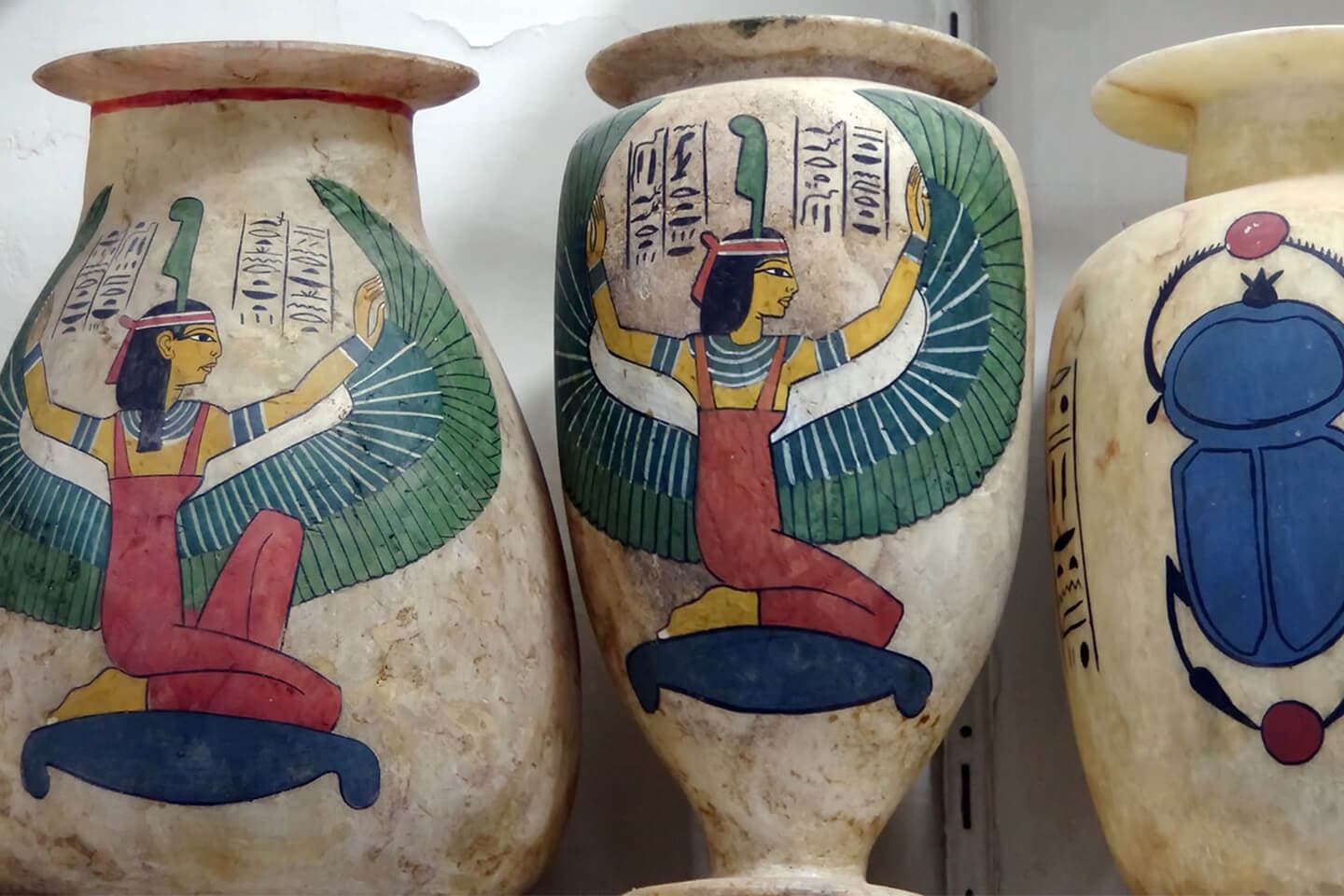
Italian marble
- Among the Italian varieties, the Statuario marble is distinguished because of its soothing white polished surface with striking grey or gold veins running through it.
- If you’re looking to add more glamour – Botticino marble with its golden colour and illuminating radiance will do it for you!
- And for a peaceful and luxe looking effect – The Carrara marble is the perfect choice as it has a light grey surface with delicate, feather like veins featuring on it.
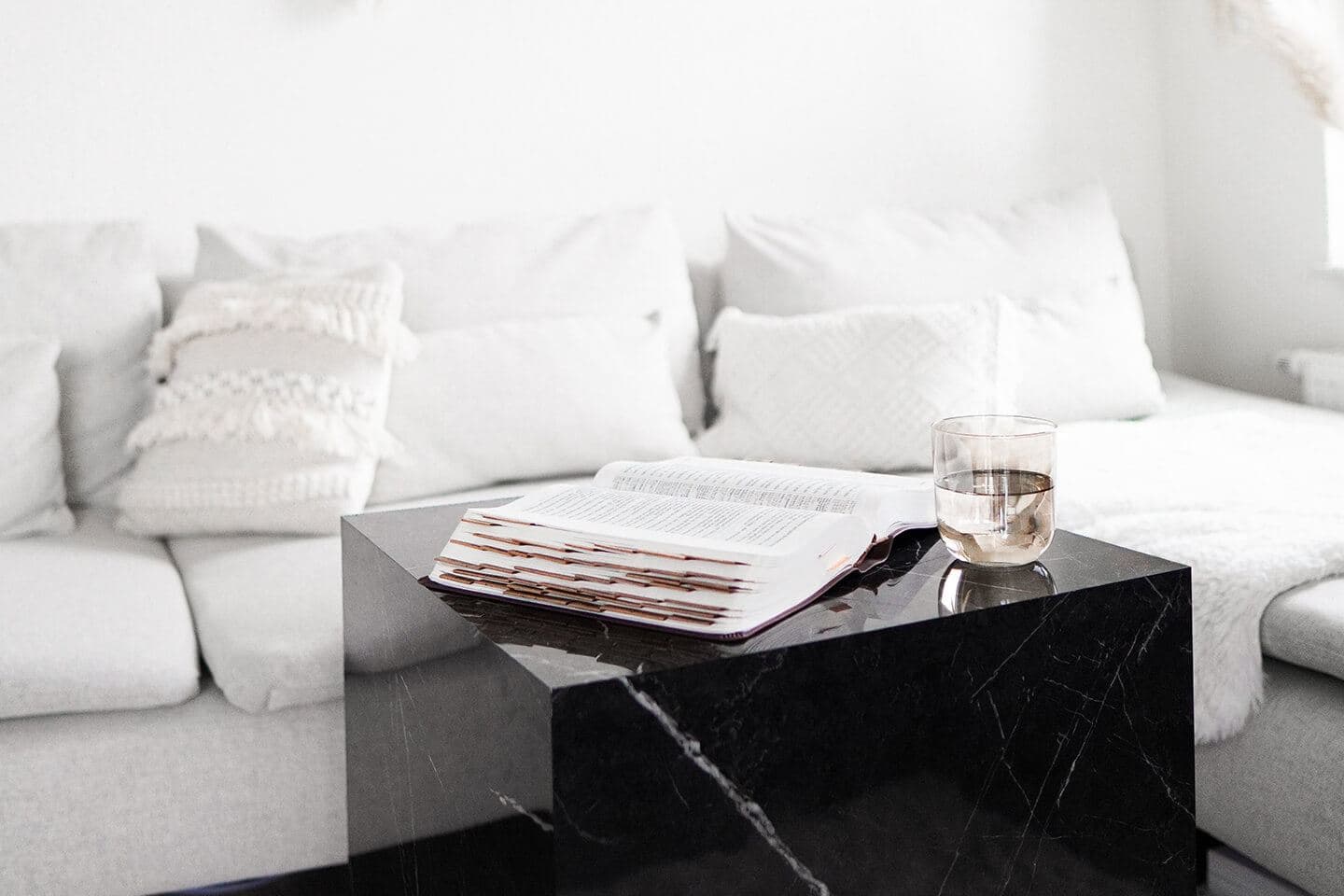
- Another variety worth a mention is the beautiful and grainy dark black marble with contrasting white veins running across its surface. This will make quite the statement in any home!
While both types of marbles have their pros and cons – the usage of each depends on a lot of factors such as the style of interior design, your budget, and the vibe you are looking to bring in your home. At Ashwin Sheth Group, we recommend that you go through all the information we have provided but depend on your instinct to make a choice that will be right for you and your family.

